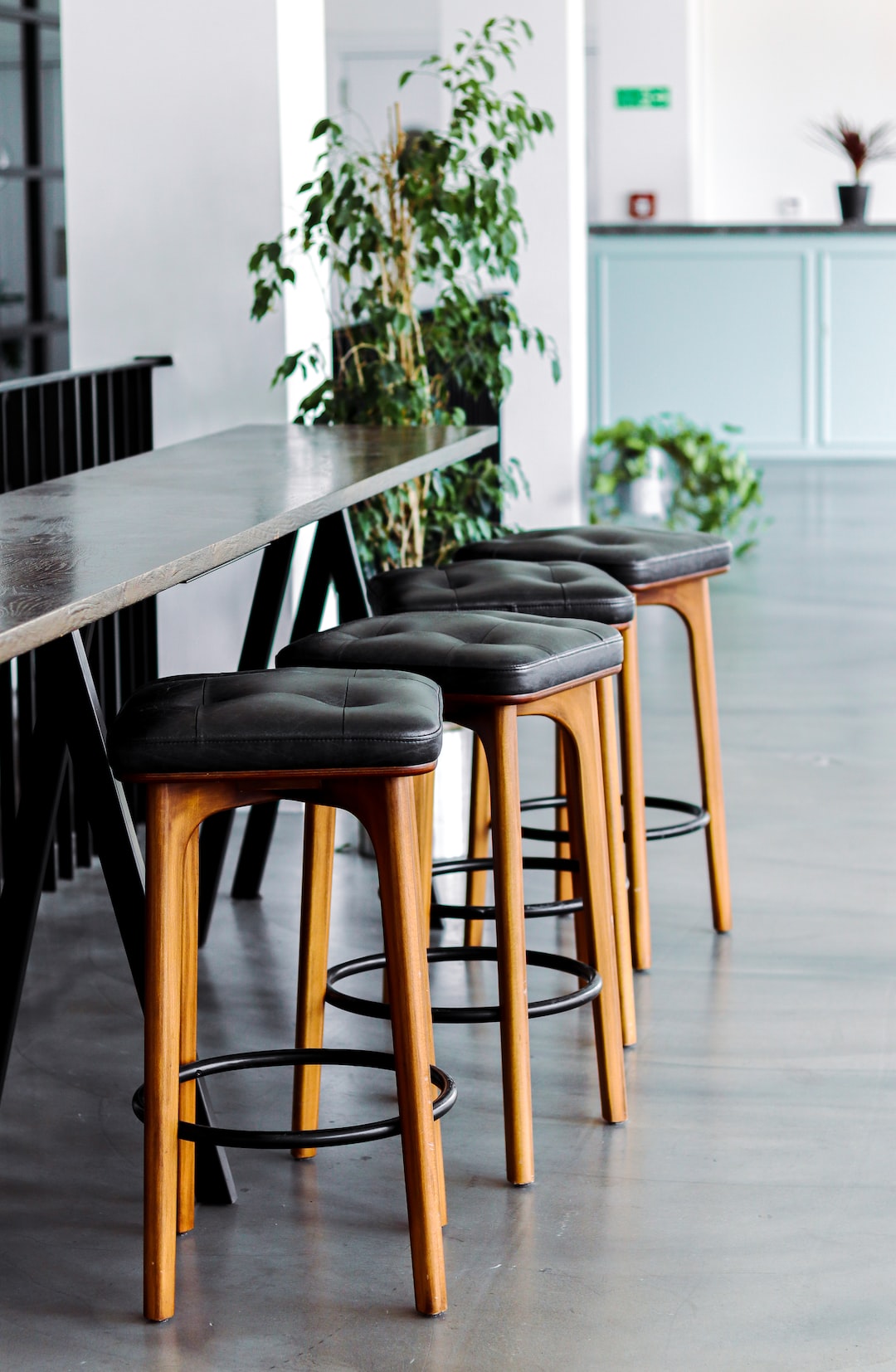The History and Evolution of Furniture Design
From the earliest civilizations to modern-day society, furniture has played a crucial role in human existence. It not only serves a functional purpose but also reflects the cultural, economic, and social aspects of a particular era. Over centuries, furniture design has undergone significant transformations, influenced by various factors like materials, technology, aesthetics, and even societal changes. In this blog post, we will take a journey through the history and evolution of furniture design, exploring the key milestones that have shaped this art form.
Origins: Ancient Civilizations
The origins of furniture design can be traced back to ancient civilizations such as Egypt, Mesopotamia, and Greece. In ancient Egypt, furniture was primarily crafted from wood, adorned with intricate carvings and detailed paintings. The pharaohs were known for their opulent furniture, featuring elaborate designs inspired by their beliefs and social status. Similarly, the Greeks focused on the balance between form and function, with furniture designed to be both aesthetically pleasing and practical.
Middle Ages: Gothic Style
As Europe entered the Middle Ages, furniture design underwent a drastic change, heavily influenced by the Gothic style. This era witnessed the rise of churches and cathedrals, and furniture took on a more monumental and ornate appearance. Gothic furniture showcased intricate carvings, pointed arches, and detailed tracery, reflecting the religious fervor and cultural mindset of the time.
Renaissance: The Age of Elegance
During the Renaissance period, furniture design experienced a remarkable shift towards elegance and refinement. Inspired by classical Greek and Roman art, craftsmen began incorporating elements such as columns, pediments, and motifs into their creations. The Renaissance also marked the rise of the ottoman, a low-lying upholstered seat, and the emergence of ornate cabinets and chests.
Baroque and Rococo: Extravagance Personified
The Baroque and Rococo periods are characterized by their emphasis on grandeur, opulence, and intricate details. Baroque furniture featured bold curves, richly carved details, and lavish upholstery. It exemplified the power and wealth of the ruling class. Rococo, on the other hand, embraced lightness and delicacy, with its furniture designs featuring graceful curves, asymmetrical shapes, and lavish ornamentation.
Industrial Revolution: Mass Production and Functionality
The Industrial Revolution during the 18th and 19th centuries created a paradigm shift in furniture design. The emergence of machinery enabled mass production, making furniture more accessible to the middle class. Designs became simpler, focusing on functionality rather than intricate ornamentation. Materials like iron and steel were integrated into furniture, fostering new possibilities in terms of strength and aesthetics.
Art Nouveau: Nature-inspired Organic Forms
At the turn of the 20th century, the Art Nouveau movement emerged, revolutionizing furniture design with its focus on natural forms and flowing lines. Inspired by nature, designers embraced organic shapes, curvaceous lines, and ornate embellishments. Materials like bentwood and stained glass gained popularity, bringing a new sense of lightness and elegance to furniture.
Modernism: Minimalism and Functionality
The Modernist movement of the 20th century revolutionized furniture design by championing simplicity, functionality, and a break from traditional styles. Designers like Le Corbusier, Ludwig Mies van der Rohe, and Marcel Breuer embraced clean lines, minimalistic forms, and the innovative use of materials like steel, glass, and plastic. This movement aimed to create furniture that embodies the spirit of the times and promotes efficiency and practicality.
Contemporary Design: A Blend of Tradition and Innovation
In today’s contemporary design scene, furniture design is marked by a diverse range of styles, each influenced by past eras and cultures. Traditional forms are often reinterpreted with a modern twist, combining elements of the past with innovative materials and technologies. Sustainability has also become a significant focus, leading to the use of eco-friendly materials and a push for more conscious consumption.
As we look back at the history and evolution of furniture design, it becomes apparent that it is more than just a functional object; it is an expression of art, culture, and human creativity. From ancient civilizations to modern times, furniture design reflects the ever-changing landscape of our world, while also leaving a mark on our lives, telling stories of our past and embracing the future.

